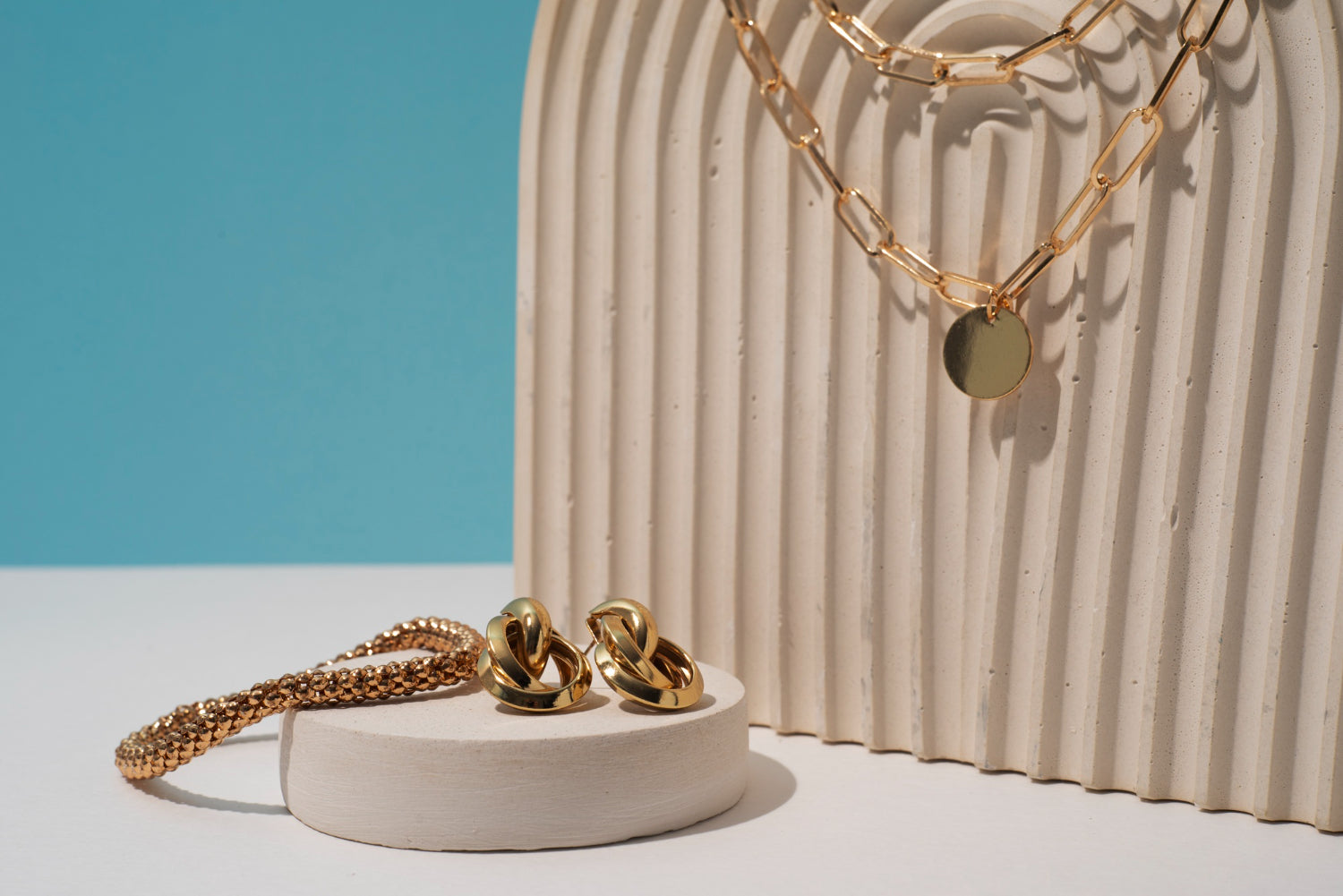Understanding the Different Types of Jewellery Metals

Jewellery is more than just an accessory; it reflects style, personality, and sometimes even history. One key element that makes each piece unique is the metal used in its creation. Understanding the different types of jewellery metals can help you make informed choices that match your aesthetic preferences and lifestyle needs.
From traditional gold and silver to modern alloys, each metal has characteristics, including durability, colour, and maintenance requirements. You can find the perfect balance between beauty and practicality by exploring these options. Let's delve into the various types of jewellery metals and discover how to choose the best one for your next custom creation.
Types of Precious Metals in Jewellery
Gold is one of the most popular metals used in jewellery. It comes in shades like yellow, white, and rose. Yellow gold has a classic, warm appearance, while white gold offers a modern, silvery finish. Rose gold has a pinkish hue, which gives it a romantic feel. Gold is measured in karats, with 24 karats being pure gold. Lower-karat gold, like 18k or 14k, is mixed with other metals for added strength.
Silver is another precious metal commonly used in jewellery. Its bright, shiny appearance makes it versatile for casual and elegant designs. Sterling silver, 92.5% pure silver mixed with other metals, is the standard for high-quality jewellery. Its affordability and timeless appeal make it a favourite for many.
Platinum is a rare and highly durable metal. Its natural white sheen doesn't fade or tarnish, making it ideal for pieces you wear every day, like wedding rings. Platinum is also hypoallergenic, which is beneficial for those with sensitive skin. Due to its strength and rarity, platinum jewellery is often more expensive but a worthwhile investment.
Comparing Durability and Maintenance of Jewellery Metals
When choosing a metal for your jewellery, consider durability and maintenance. Gold, especially in its higher karat forms, is relatively soft and can scratch easily. However, alloys like 18k and 14k gold are more resistant to wear. Regular polishing can keep gold jewellery looking its best.
Silver is softer than gold and more prone to scratches and tarnish. Tarnish can be removed with a silver cleaning cloth or solution, but cleaning silver regularly is essential to maintain its shine. Storing silver properly in anti-tarnished pouches can also help preserve its appearance.
Platinum stands out for its durability. It doesn't wear away like gold or tarnish like silver. If it gets scratched, the displaced metal stays on the piece, creating a patina that many find attractive. Platinum requires minimal maintenance, often just a routine cleaning. Its robust nature makes it perfect for lifelong pieces such as rings.
Alloy Metals and Their Uses in Jewellery
Alloy metals are created by combining two or more elements to enhance jewellery’s strength, durability, and appearance. One standard alloy is white gold, mixed with metals like palladium or nickel. This mixture gives white gold its distinctive, silvery colour and increased hardness, making it ideal for rings and other pieces that endure daily wear.
Sterling silver is another example of an alloy; it combines 92.5% pure silver with 7.5% other metals, usually copper. This mix increases the strength of the silver without compromising its beauty. Sterling silver is commonly used for a wide range of jewellery, from earrings to necklaces.
Another noteworthy alloy is titanium, known for its lightweight and durable qualities. It is also hypoallergenic, making it a good choice for people with sensitive skin. Due to its robust and sleek nature, titanium is often used in men's jewellery and modern designs.
Rose gold, a blend of gold and copper, has grown famous for its pinkish hue. The copper not only provides the colour but also adds strength. This alloy is often used in unique, romantic pieces like engagement rings.
How to Choose the Right Metal for Custom Jewellery
Choosing the suitable metal for your custom jewellery hinges on style, budget, and lifestyle. Yellow gold might be the best choice if you prefer a classic look. Its warm tones suit traditional designs and pair well with most gemstones. For a modern aesthetic, white gold or platinum are excellent options. Their silvery sheen complements contemporary designs and offers a sleek appearance.
Consider your budget when selecting a metal. While platinum is more expensive due to its rarity and durability, gold offers a variety of karats and price points. Sterling silver remains an affordable choice without sacrificing beauty and elegance.
Your lifestyle also influences your decision. If you lead an active life or work with your hands, a durable metal like titanium or platinum can withstand more wear and tear. Choosing a metal that requires minimal maintenance is practical for everyday pieces that see frequent use. Metals like platinum, which resist scratches and tarnish, are ideal for such purposes.
Conclusion
Understanding the different types of jewellery metals helps you make informed decisions that align with your style, budget, and lifestyle needs. Each option offers distinct benefits, from the timeless appeal of gold to the durability of platinum and the versatility of alloy metals. Selecting the suitable metal ensures that your custom jewellery is beautiful and long-lasting.
Choosing jewellery metals is more than just a matter of taste; it's about finding the perfect balance between form and function. Knowing the characteristics of each metal helps you create pieces that are uniquely yours and capable of standing the test of time.
Ready to customise your unique jewellery piece? Explore the exquisite range of custom jewellery at Designs By Sapsee, and let us help you choose the perfect metal to bring your vision to life.